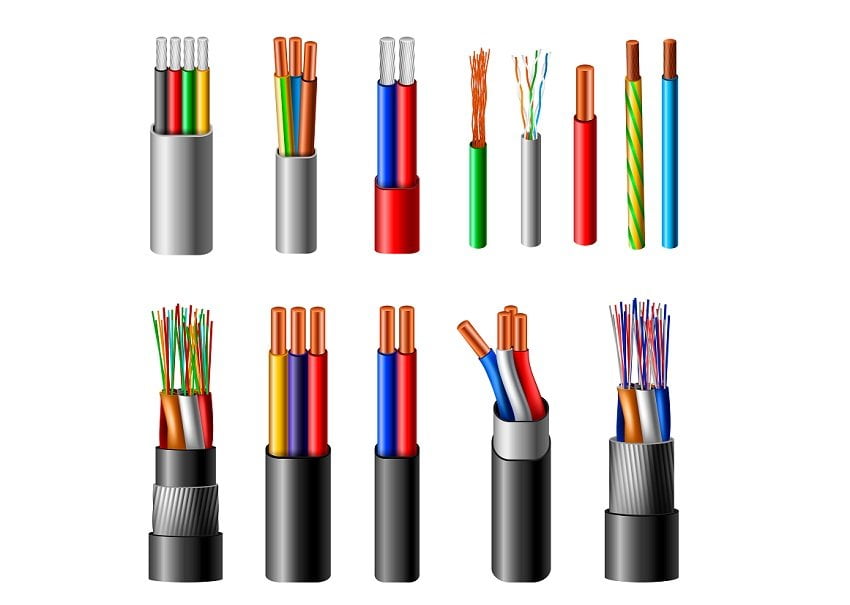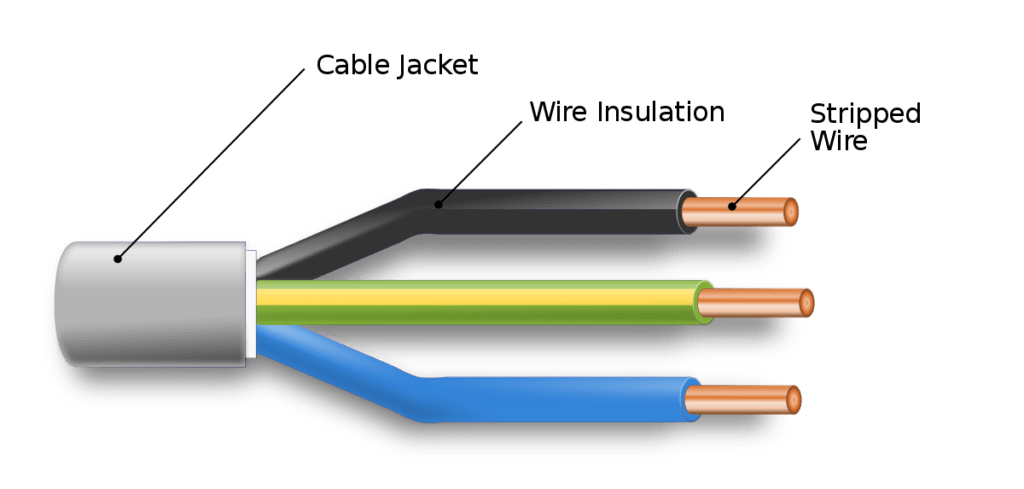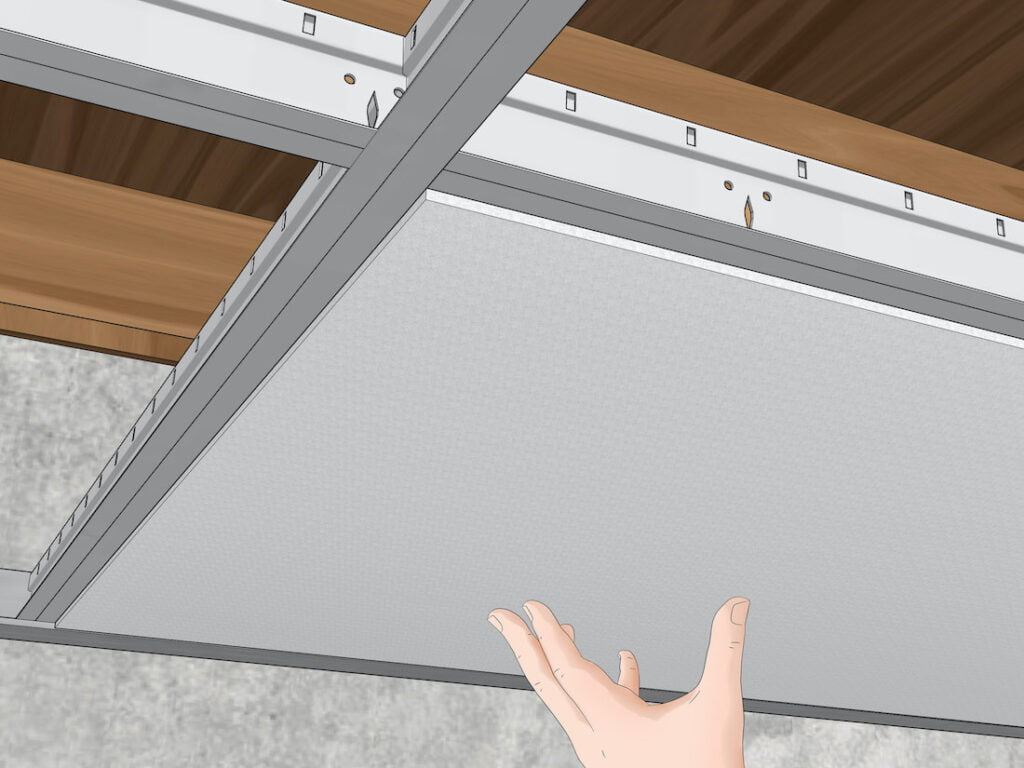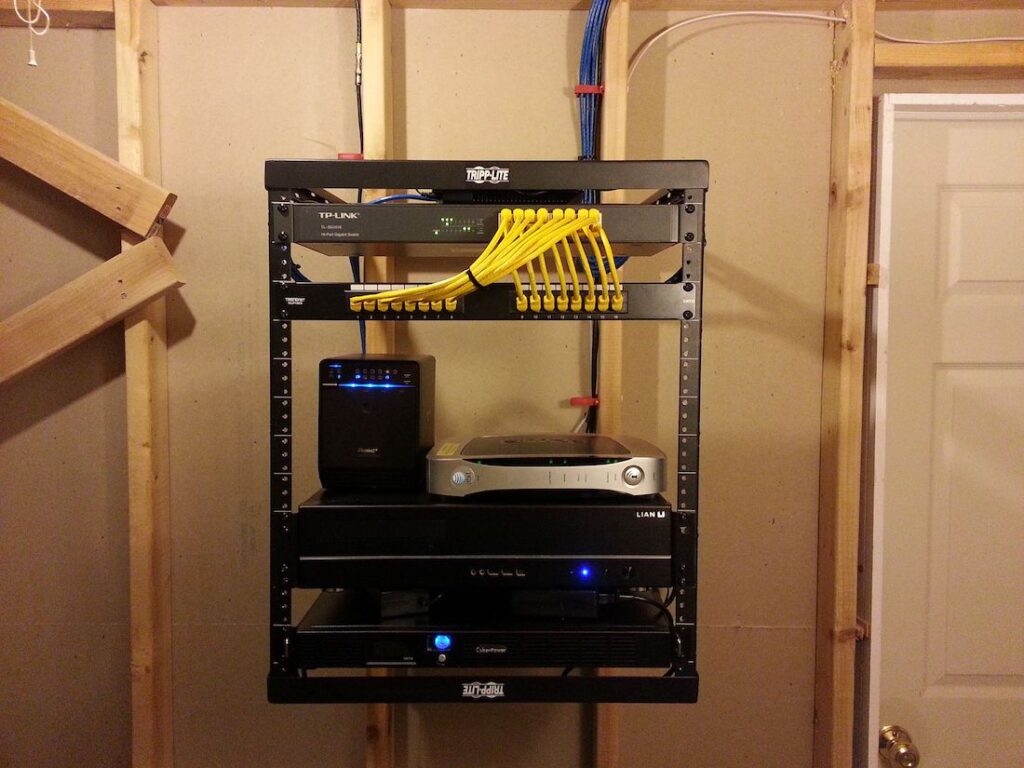In today’s world, everything is heading toward wireless technologies. Apparently, data cabling shouldn’t be all that important, but the reality is that cabling still offers superior internet speed connections. Even after all the Wi-Fi innovations, cabling is 20 times faster than the average wireless connection.
Also, its connectivity isn’t hampered by distance, competing networks, interference, walls or other physical barriers.
When looking to increase your data installation, there are many technical questions to consider. In this article, we’ll provide enough information to guide you through your next residential data cabling installation. Let’s get into it!
On this page:
- How to pick the perfect cable?
- How to pick the perfect Jacket?
- Take into consideration the kind of ceiling.
- How many Room Sockets should I install?

How to pick the perfect cable?
Cables play a vital role. Choosing the right one for your needs is crucial. The most famous cables for residential installations include Cat 5, Cat 6, Cat 6A, Cat 7, and optic fibre. All these options support Gigabit Networks, usually used for networking equipment and home computers.
- Cat 5 is the standard typical data cable used in the last decade. It supports between 10 Mbps 1000mbps speeds. Although there are faster cables, this cable can cover very demanding speed requirements.
- Cat 6 is one of the most popular in terms of price/speed ratio. It supports ethernet gigabit and is compatible with previous Cat cable ranges. The most recent versions of the Cat 6 have an FTP Jacket that would allow up to 10 Gigabit speeds but it’s worth noting the fact that validation of speed is still in process for the Cat 6.
- Cat 6A and higher are more expensive options but definitely the best solution for those seeking a 10 Gigabit speed for their home equipment and planning 5 to 10 years in the future.
Tip 1: Plan your data cabling installation.
Data cabling installations are not cheap, so make sure you get a solution that will meet your requirements for the next five years. Before you go for a budget-friendly solution by choosing a standard Cat 5, think about the speed implications that it would bring later. Do you see your installation staying at this speed in five years?
Some consider Cat 6 cables overkill for the current speeds of network providers. However, technology evolves drastically every year. Data speeds will surpass the current speed threshold very soon. Nothing would be worse than re-cabling your infrastructure prematurely.
Tip 2: Voice and Data using a single cable.
With cloud PBX systems and VoIP phone services on the rise, and the affordability of quality cables, it’s recommended you run the entire internal phone and data on the same network – this while keeping a single outside phone line at the entry point. Having a single outside line is crucial. After all, your telecommunications should be stable even if the internet goes down.

How to pick the perfect Jacket?
Once you have defined the best cable for your data cabling installation, the next step is to determine the jacket type.
There are two options:
- Plenum: is highly fire-resistant. When burnt, it won’t emit toxic smoke.
- PVC: is the standard and pocket-friendly Jacket. It doesn’t have plenum’s fire resistance properties., but matches it in most other performance categories. PVC is considered the best value option for residential installations.
Tip 3: Consider cable management.
Cable management is not a luxury but a necessity. Using appropriate cable management will pull down maintenance prices. Furthermore, it will make future installation expansions easier.
Racks and other management equipment add a considerable amount to the initial budget, but it will save you a lot of money in the future thanks to the simplification of testing and tagging.

Take the ceiling into consideration.
The type of ceiling will impact how the data cabling installation is built. The types of roof that most properties have are:
- Drop Ceiling: Easy to work with due to its modular and removable features. It provides easy-access cable installation and maintenance.
- Hard Ceiling: This is considered the most difficult kind of ceiling for a data installation. Normally it would be more expensive than drop or open ceilings as it adds considerable time to installation.
- Open Ceiling: Although it’s not popular in residential properties, there are buildings with open roofs for aesthetic effects. It can create some challenges for a data cable installer since they will need to use additional techniques to hide the wires and beams from sight.
How many Room Sockets should I install?
It will depend on the size of your house. It’s also defined by the amount of wired equipment you will use now and in the future. Remember to plan at least five years ahead. For safety, it’s recommended you provide multiple sockets for each room to ensure circuit overload won’t be a hazard.
Consider more sockets for your media and entertainment room. Consoles, TVs, computers, sound systems and other devices will demand more outlets.

How to start your next Data Cabling Installation?
The safe way to install data cabling is by calling an expert. Some steps of this process require a certified data cabling technician as well as electrical repairs. Also, a qualified company is usually fully insured, meaning all the significant risks are managed by the service provider. If you’re planning your next data cabling installation, give us a call and get an efficient, fast and reliable service.

